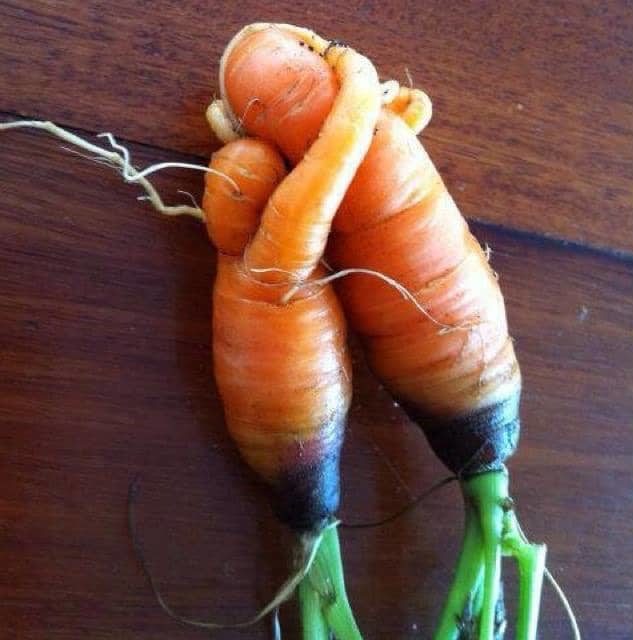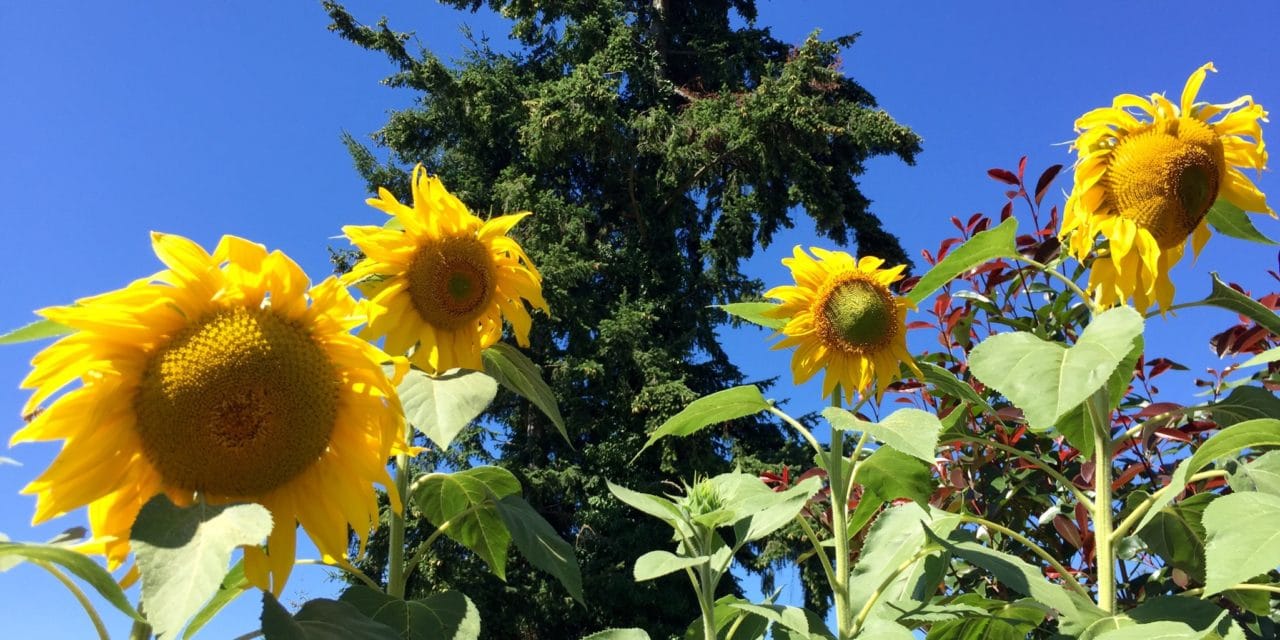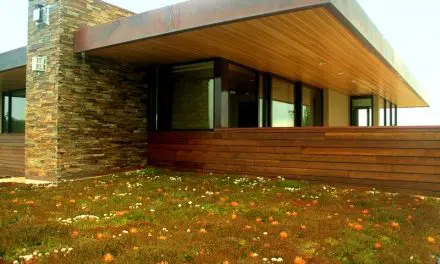How The Pandemic Made Us Appreciate The Farm-To-Table Process
The COVID-19 era has forced many of us to work from home and in some cases to quarantine in solitary confinement. But if your home can become a haven for growing your own food, suddenly a stay-at-home order becomes just a little less daunting and a little more fulfilling.
That haven can act like a sweet and savory sanctuary, a universe of earthly delights and the perfect antidote to urban angst. Away from traffic exhaust and human foibles like impatience and insecurity, your food plot can become its own kind of companion, in need of your care and reciprocating with tasty generosity.
In a time where restaurants closed indefinitely and a trip to the grocery store was long considered a nerve-wracking maneuver, more and more people looked to their backyard for ways to create their own sustenance. It’s an important notion and a beneficial skill to learn, since the UN’s list of Sustainable Development Goals addresses food security, improved nutrition, and sustainable agriculture as being crucial to our survival.

The Benefits Of Growing Your Own Food
Sure, there are the obvious benefits of using your space to grow nutritious and delicious food. You can grow something as simple as potted oregano or as robust as a pumpkin patch, eating with the seasons and harvesting the nutrition benefits. Perhaps you might use a sidewalk sliver to grow greens. Or, with more space and a few seeds, you could grow so many zucchinis that you’ll want to plan your entire meal around how you can grill, sauté, zoodle, or dip your squash.
You can avoid overly packaged and processed products lacking in freshness and flavor—products that are transported from somewhere too far away, which raises your food miles and adds to your carbon footprint. And, you can avoid other humans and long lines at the grocery store, saving time and that shopper-dodging stress that happens, pandemic or not. Growing fresh, organic food does your heart, wallet, and family a great service.


Awaken Your Inner Chef
Yet, these benefits are just the beginning—the tip of the iceberg (lettuce), as it were. Growing, caring for, and harvesting food is nourishing well beyond the bite. Beyond the taste of freshly picked, perfectly green basil or the satisfaction of potatoes shoveled up from the soil, you’ll see how food grows at nature’s pace, getting in sync with the rhythms of the sunshine, drizzle, and darkness.
You’ll likely be drawn into farming concepts like companion planting (planting multiple veggies together to yield synergistic results), creating new varieties through cross pollination, and crop rotation to ward off pests and diseases and maximize the health of your soil. And with the bounties of flavors that await, you’ll become a land lover in ways you couldn’t have imagined, connected to the earth as you harvest its lessons and heed its whimsical ways.
It’s also likely that your inner chef will be awakened, keenly aware of seasonal tastes and peak ripeness, with newfound appreciation for farm-to-table meals that you can whip up and serve right from your kitchen.


The Magic Happens At Every Stage
Even if you come from a culture and climate of manicured lawns, cactus, and takeout, this lifestyle can be meant for you. Food growing isn’t hard with a little research and a lot of homework—the kind that takes you outside with a floppy sun hat and sturdy gloves. And this labor of love pays off beautifully. It just takes observation, practice, and maybe some magical thinking.

This magic happens at every stage: when the frost ends and the spring soil is workable, full of nutrients and creatures breathing hospitality into the underground world.
It happens when you tenderly place seeds into a moist, dark nest, and get giddy with anticipation.
It’s that feeling when you gaze down every morning, scanning the ground for signs of life.
Then, it’s when you spot that first green shoot reaching through the dirt, beckoning for light and water.
The magic happens when you find yourself watching the clouds and imagining.
It’s the overnight transformation of a sprout into a leaf of spinach, something edible, calling for daylight.
It’s in the pea tendrils grasping at twine and each other on their upward journey.
It’s the pride you feel after a surprise hailstorm yields your kale and chard undeterred, resilient, and hearty as ever.
It’s that tiny nub of rhubarb unfurling amidst huge, veiny leaves.
It’s when you spot that tiny droplet of a pear descending from its white blossom.
It’s in the sunflower seed that guides the rise of a new stalk, which then transforms into a flower tower with multiple tentacles and flowers attracting bees, the almighty pollinators who get plants to bear fruit.
It’s the first bite of a plump raspberry, which tastes as sweet as a long, summer day.
It’s when surprisingly and delightfully, your root vegetables create poetry in form, like loving carrots whose growth is intertwined.
And isn’t that the point? We are more connected to each other and our world when we act symbiotically, focused more on creation than consumption.



Say Goodbye To Food Waste
Oh, and did you know that food waste makes up the largest category of material that ends up in landfills every year in the United States? When you grow your own food, wasting it becomes a crime of sorts, because you’ll have watched the journey and toiled alongside the edibles you’ve nurtured. A whole lot of parsley? Make pesto. Cucumbers galore? Hello, pickles.
When you form relationships with these living and lovable food items, it’s hard not to feel a connection to them and to want to care for and share them. This is why my farm-to-table parties are a highlight of my year (and how the postwar “victory garden” seems quaint now). Indeed, with the climate crisis at hand, growing food is not just a lifestyle. It’s a life-affirming journey that puts us in touch with the planet in the most delicious ways.
Watch our urban farm come to life:








